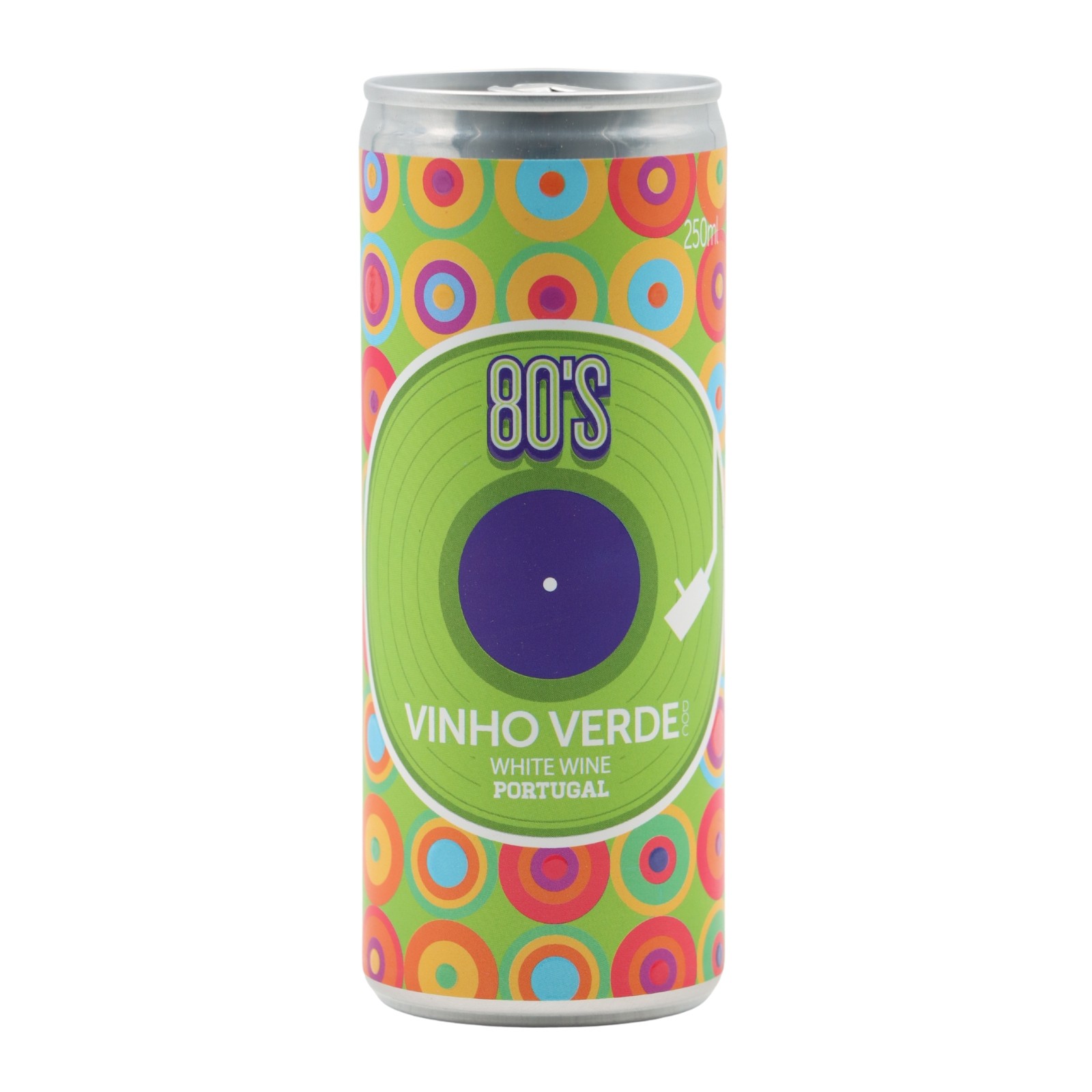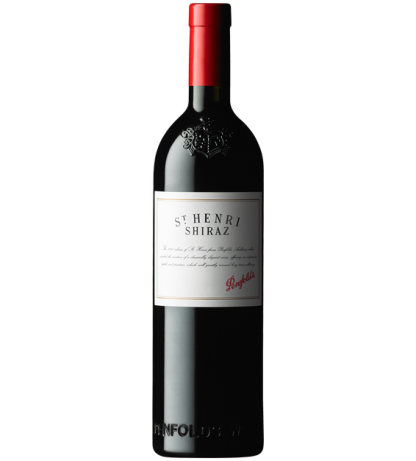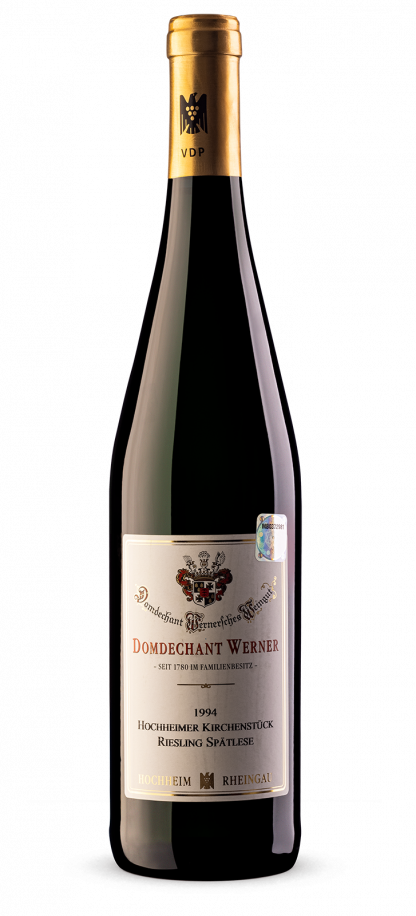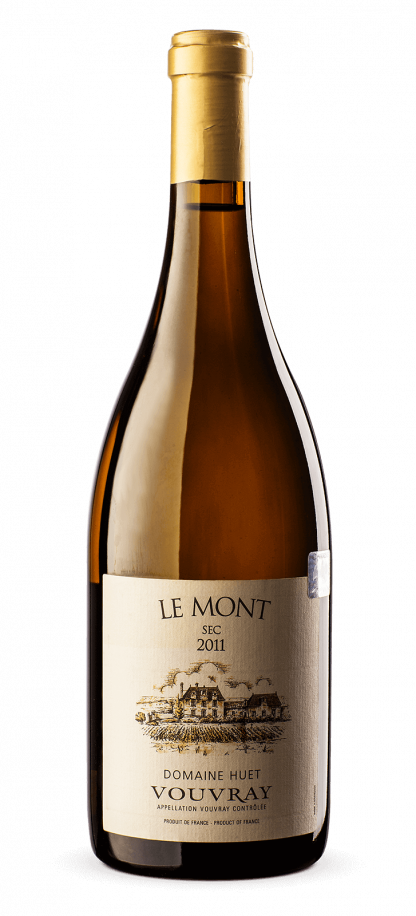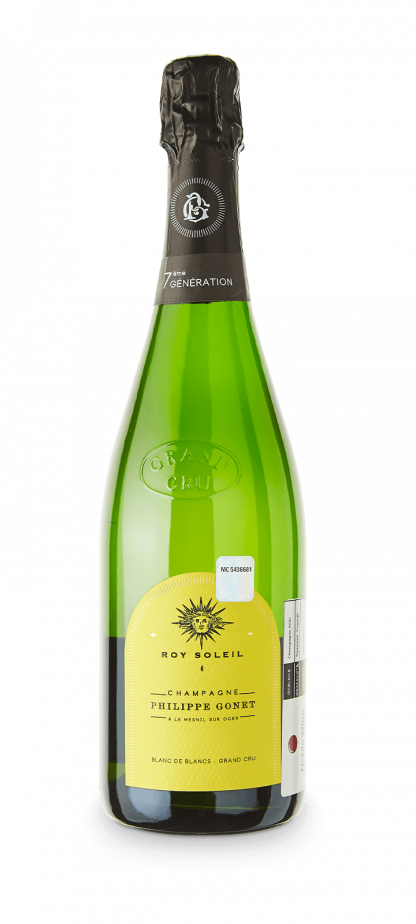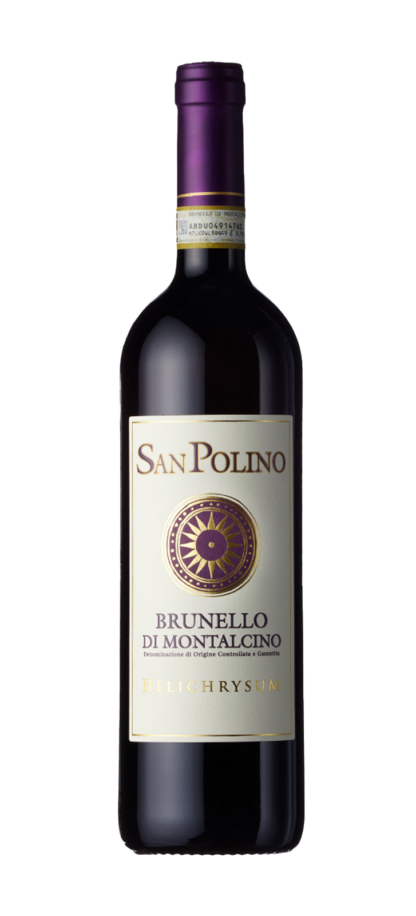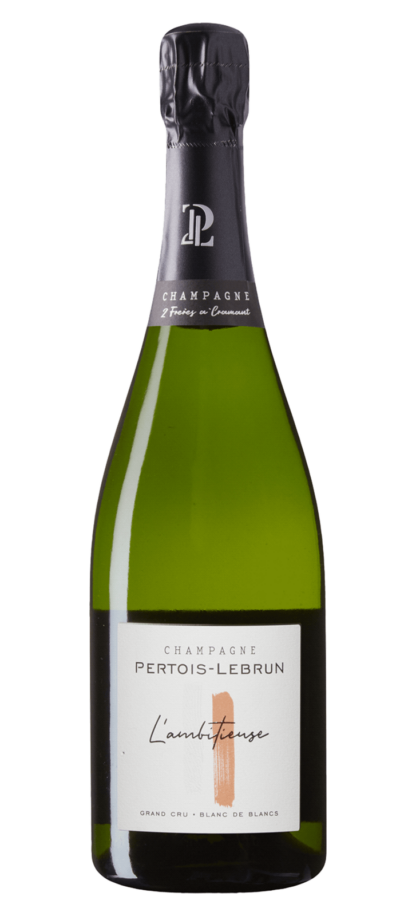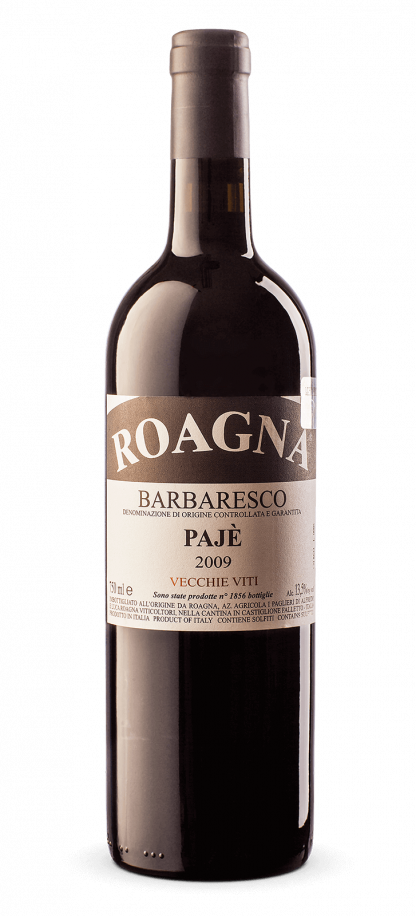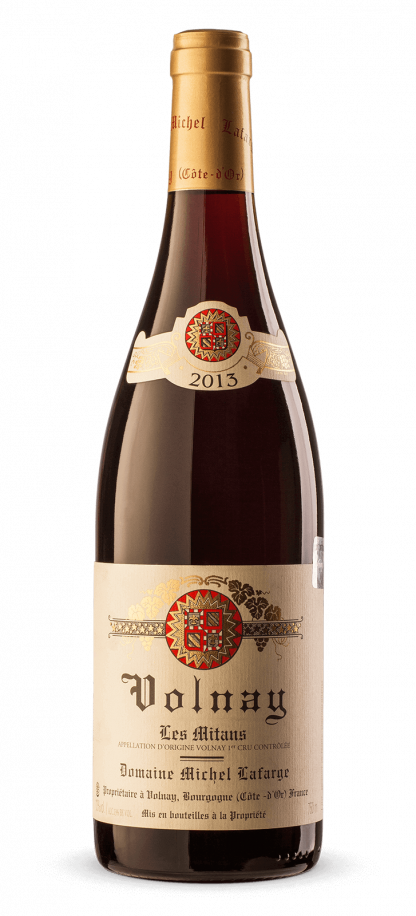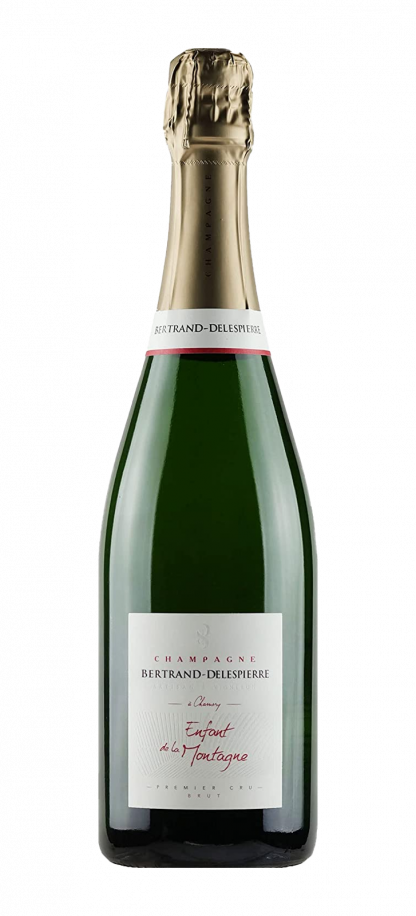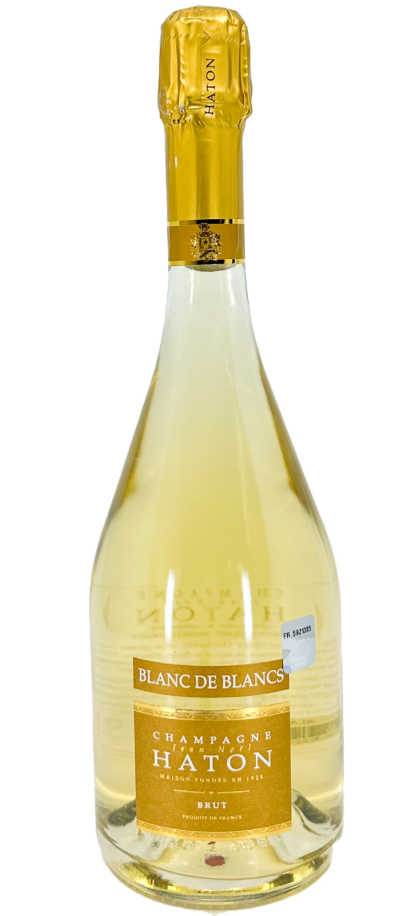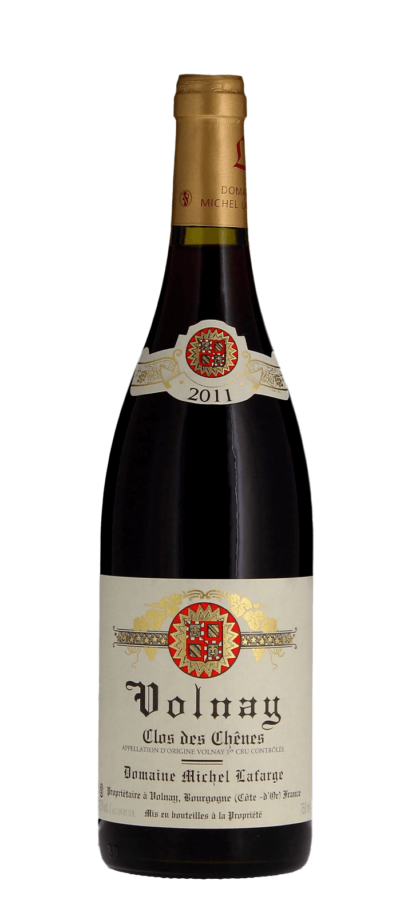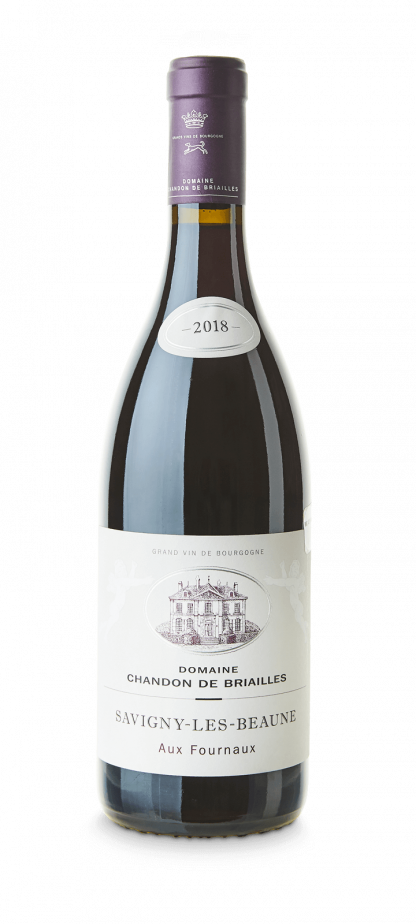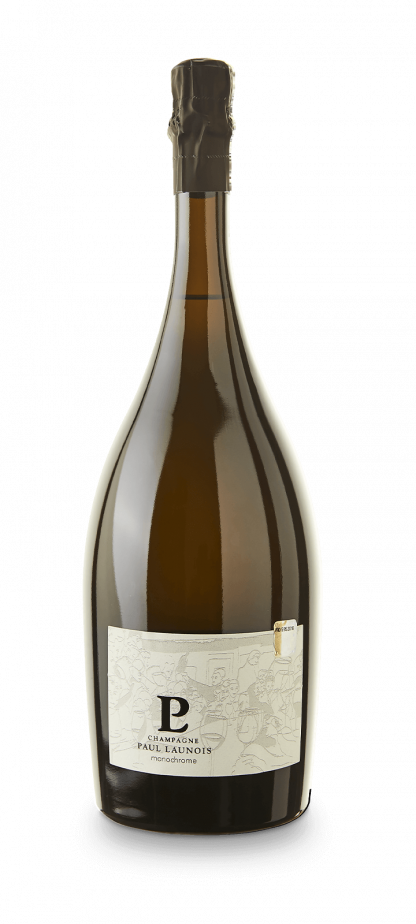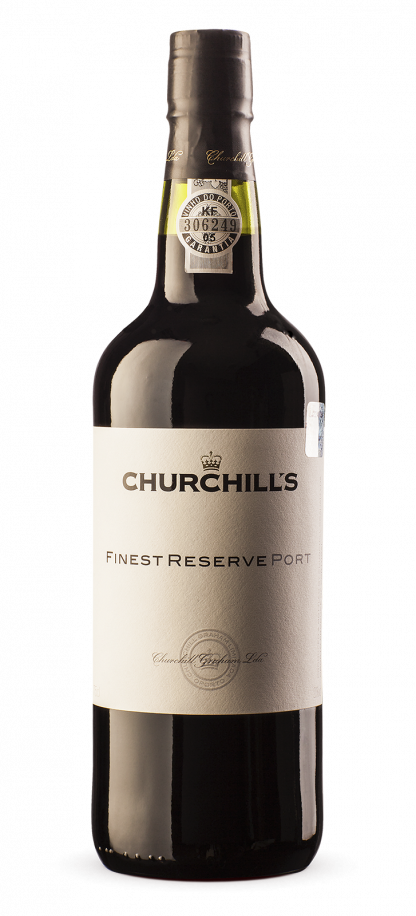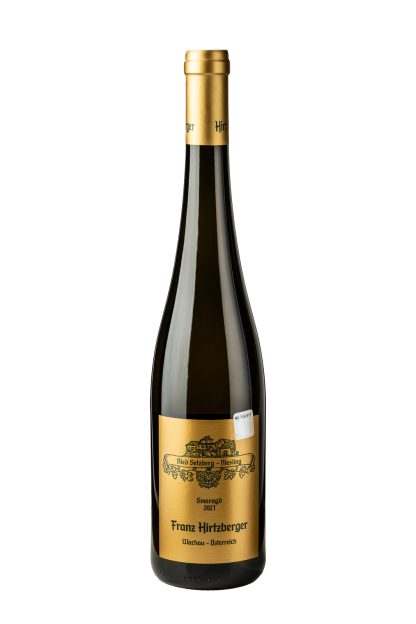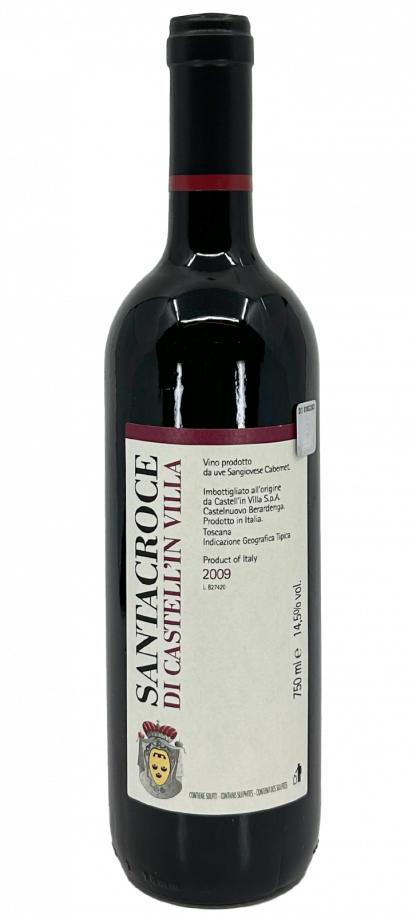Ponte da Barca Vinho Verde Bianco 250ml
Ponte da Barca Vinho Verde Branco degustācijas notis atklāj aicinošu citrusaugļu, zaļo ābolu un balto ziedu buķeti, ko papildina mineralitātes pieskāriens. Pēc garšas tas piedāvā dzīvīgu skābumu un vieglu, spraigu tekstūru ar citrona miziņas, laima un melones piegaršu, kas nodrošina tīru, atsvaidzinošu noskaņu. Šis vīns ir pazīstams ar savu kraukšķīgumu, līdzsvaru un raksturīgo vieglo putošanu, kas uzlabo tā atsvaidzinošo kvalitāti.
Ponte da Barca Vinho Verde Branco lieliski sader ar jūras velšu ēdieniem, piemēram, grilētām zivīm, vēžveidīgajiem vai suši, kur tā skābums un putošanās uzlabo jūras velšu maigo garšu. Tas arī papildina vieglus salātus, svaigus sierus un Vidusjūras uzkodas, nodrošinot atsvaidzinošu kontrastu un paaugstinot kopējo maltītes pieredzi ar savu kraukšķīgo un dinamisko raksturu.
Noliktavā 5 prece/-es






